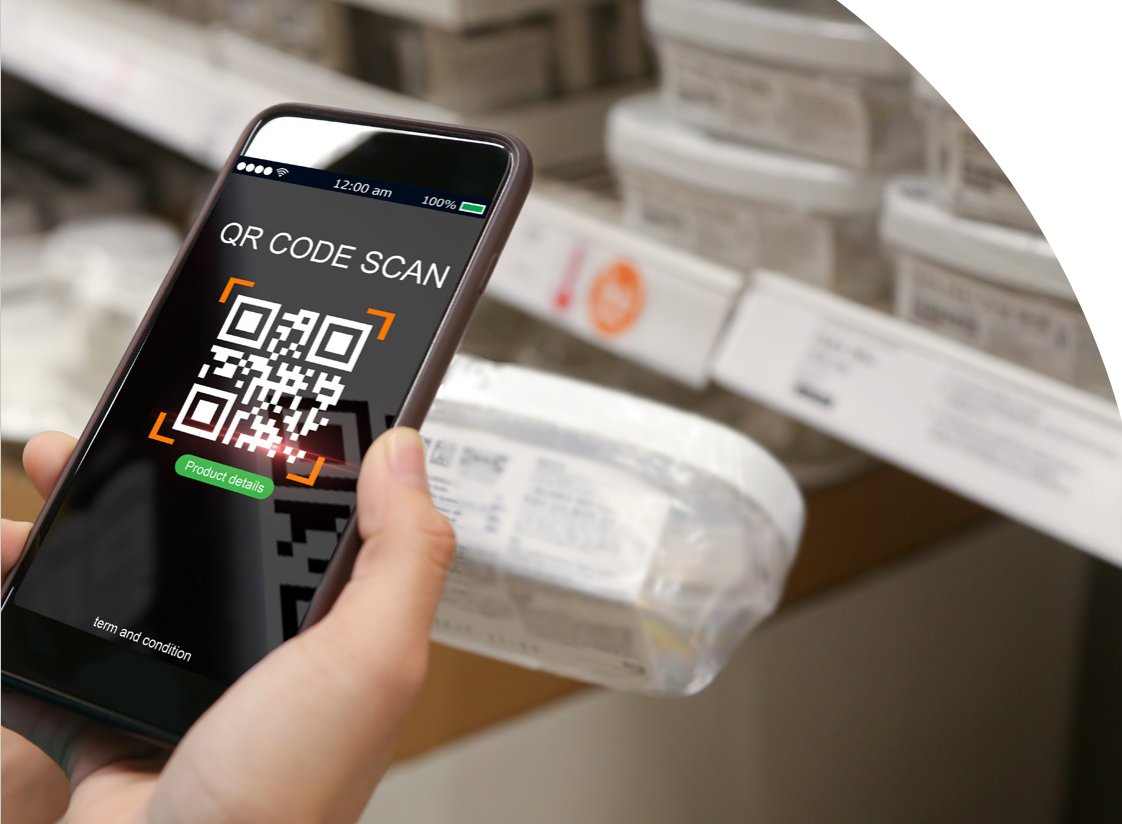Traceability in supply chains has never been more critical, driven by consumer demands for transparency, regulatory requirements, and the need to combat counterfeit products.
As industries evolve, the concept of traceability is set to undergo a transformative shift towards the Digital Product Passport—a comprehensive digital record that travels with each product throughout its lifecycle.
What is a Digital Product Passport?
Imagine a digital passport for every product, containing detailed information about its origin, components, manufacturing processes, and lifecycle data.
This digital record can include everything from raw material sourcing and production details to transportation, storage conditions, and even end-of-life recycling options.
Essentially, it provides a complete and transparent history of the product's journey from inception to disposal.
Enhancing Transparency and Trust
The Digital Product Passport enhances transparency by providing consumers with real-time access to product information. Through QR codes or digital tags, consumers can scan products and instantly
retrieve data about their authenticity, sustainability credentials, and compliance with ethical standards. This transparency builds trust and empowers consumers to make informed purchasing decisions based on verifiable information.
Streamlining Supply Chain Operations
For businesses, the Digital Product Passport streamlines supply chain operations by improving visibility and efficiency. Manufacturers can track the movement of products in real-time, identify bottlenecks or inefficiencies, and optimize inventory management.
Supply chain partners can access standardized data, reducing paperwork and communication barriers that often lead to delays or errors.
Combatting Counterfeiting and Fraud
Counterfeit products pose significant risks to consumers and businesses alike. The Digital Product Passport includes security features such as blockchain technology or digital signatures, making it difficult for counterfeiters to replicate or tamper with product information.
This authentication capability helps protect brand reputation and reduces the incidence of fraudulent goods in the market.

Enabling Circular Economy Practices
In a circular economy, products are designed to be reused, refurbished, or recycled at the end of their lifecycle. The Digital Product Passport facilitates this transition by providing information on product composition and recyclability.
Manufacturers and consumers can make informed decisions to extend product lifespan, minimize waste, and reduce environmental impact.
Challenges and Considerations
Implementing the Digital Product Passport comes with challenges, including data privacy concerns, interoperability between different systems, and the upfront investment in digital infrastructure.
Standardization of data formats and collaboration among stakeholders are essential to overcome these challenges and realize the full potential of traceability solutions.
The Path Forward
As technology advances, the Digital Product Passport represents the future of traceability, offering a transformative approach to supply chain management and consumer engagement.
By embracing digital innovation and committing to transparency, businesses can enhance operational efficiency, build consumer trust, and contribute to sustainable practices in a global economy driven by accountability and responsibility.
Conclusion
The Digital Product Passport is not just a concept but a paradigm shift in how we trace, verify, and manage products throughout their lifecycle.
By harnessing the power of digital technologies, businesses can meet the evolving demands of consumers for transparency and sustainability while driving innovation and competitiveness in a rapidly changing marketplace. Get ready for a future where every product tells its story through a digital passport, empowering stakeholders and paving the way for a more connected, responsible, and resilient supply chain ecosystem.
